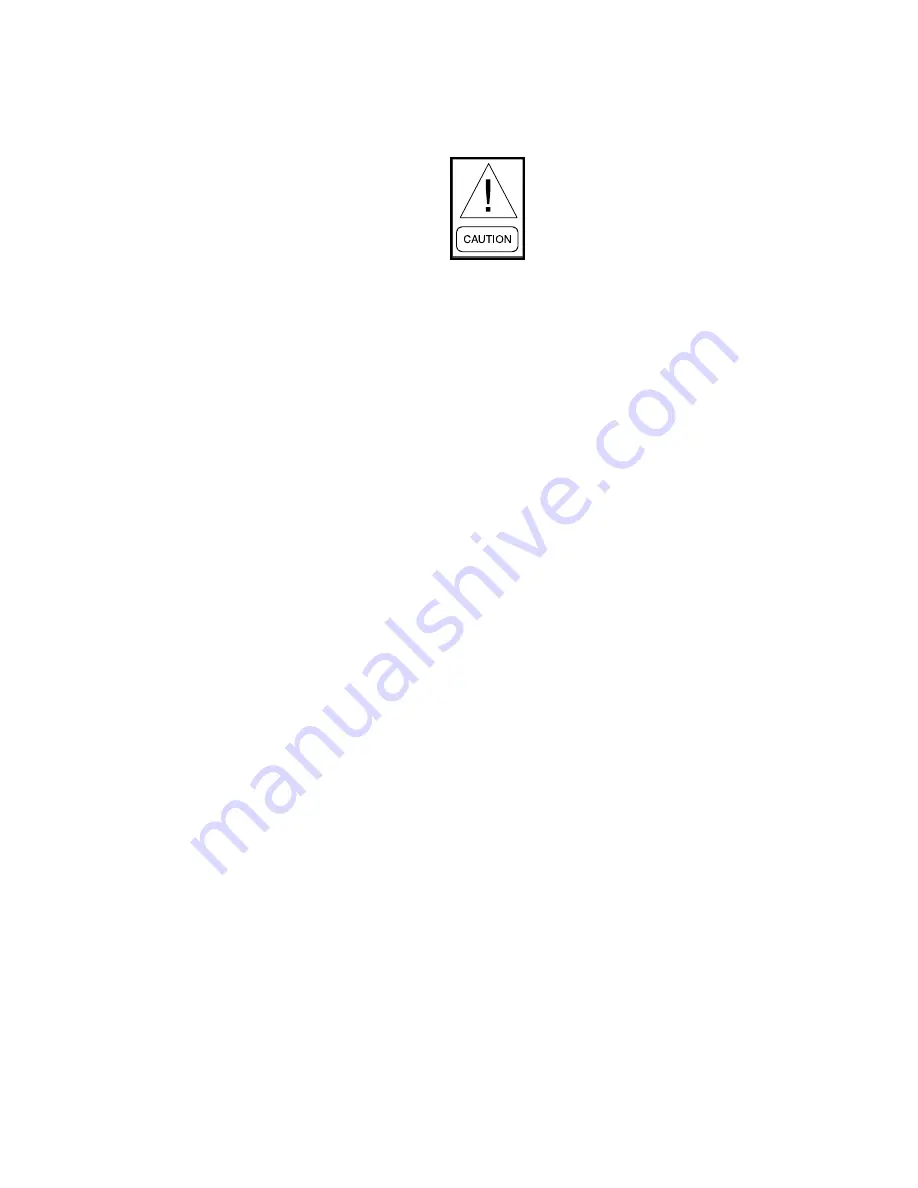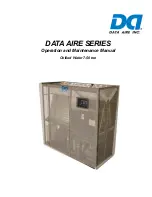
JOHNSON CONTROLS
64
FORM 160.81-NOM1
ISSUE DATE: 10/3/2020
SECTION 5 – MAINTENANCE
EVAPORATOR TUBES
The standard evaporator tubes used in YORK YR
Chillers are internally enhanced copper tubes.
If the equipment is located in an unheated
area that is susceptible to freezing, the
water must be drained from the evapora-
tor to prevent tube damage from freezing.
Maintain evaporator water or brine flow rates through
the evaporator tubes that the chiller was designed for.
Refer to the engineering data on the sales order form
for the correct flow rates.
Generally, the water or brine that is circulated through
the evaporator is part of closed loop circuit that is treat-
ed with chemicals to prevent the formation of scale
and debris.
Evaporator
It is difficult to determine by any particular test wheth-
er possible lack of performance of the water evapora-
tor is due to fouled tubes alone or due to a combination
of troubles. Trouble which may be due to fouled tubes
is indicated when, over a period of time, the cooling
capacity decreases and the split (temperature differ-
ence between water leaving the evaporator and the
refrigerant temperature in the evaporator) increases. A
gradual drop-off in cooling capacity can also be caused
by a gradual leak of refrigerant from the system or by
a combination of fouled tubes and shortage of refriger-
ant charge. An excessive quantity of oil in the evapora-
tor can also contribute to erratic performance.
If cleaning of the evaporator tubes is required, follow
the condenser cleaning procedure.
When chemical cleaning of the condenser tubes is re-
quired, it may be necessary to calculate the internal
volume of the waterside condenser tubes. This infor-
mation is necessary to properly mix the correct concen-
tration of cleaning solution.
Standard materials of construction for YORK YR
Chiller condensers is copper tubes and mild carbon
steel waterboxes.
The internal volume (waterside) of the condenser can
be calculated as follows:
Volume (in
3
) = N * L * 0.30680 in
3
/in
Where: N = Number of Condenser Tubes
L = Length of each Tube in inches
To convert in
3
to gallons, divide the Volume (in
3
) by 231
in
3
/gallon.
Mechanical Cleaning Procedure
1. Drain the water from the condenser.
2. Remove the waterboxes from both ends of the
condenser. Use proper lifting equipment when re-
moving the waterboxes. Use caution not to dam-
age the threads on the mounting studs that are
welded to the tube sheet.
3. Select a tube cleaning brush for 5/8 inch I.D cop-
per condenser tubes. If tubes other than 5/8 inch
copper are used, select a tube cleaning brush that
is made for the tube size. Generally, brushes made
of hard plastic or brass bristled wires are preferred
for cleaning copper tubes.
4. Attach the tube cleaning brush to the end of a
cleaning machine or cleaning rod.
5. Flush the condenser with clean water to remove
the debris.
6. Replace the waterbox gasket with a new gasket and
reassemble the waterboxes onto the condenser.













































